Podcast: Play in new window | Download
A couple weeks ago, a Beechcraft Baron owner requested Classic Aviation to take a look at his airplane. He had flown through some severe turbulence, and then the left engine almost quit. Finally, he discovered that if he pulled the left mixture control about half way back, the engine would run.
A ground run confirmed the problem. As power was increased on that engine, the fuel flow would increase to a point where it was too rich to run.
After inspecting the engine with no obvious external issues, we removed the engine driven fuel pump, the fuel control unit / throttle body assembly, and the flow divider, and sent them to Mike’s Aircraft Fuel Metering in Tulsa, Oklahoma for overhaul. Here’s the pump:
We also changed a few old, stiff fuel hoses.
It turns out that the engine driven fuel pump had debris in it, and that was most likely the cause of the engine problem.
During the process, we removed and cleaned the fuel strainers. These pictures are the left one:
I cleaned the strainers and reinstalled them with the proper seals.
We also drained both main tanks (the ones that were being used when the in flight problem happened.) The left drain valve had a significant amount of debris in it: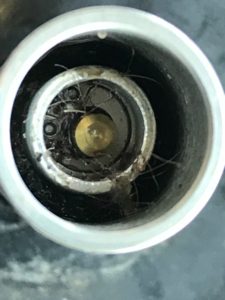
It looked much better after cleaning:
During the process, I discovered a couple other things as well. One was a severely worn stud at the base of the throttle body that is used to support the exhaust tailpipe:
Here’s a closer view after removing the throttle body:
One other thing was that the left fuel strainer drain valve was leaking at the threads. but instead of needing to reseal the threads, I discovered the fitting was cracked and needed to be replaced.
After fixing these issues, and reinstalling the fuel system components, we flushed clean fuel through the lines with the boost pump, right up to the engine driven pump, and then attached the fuel feed hose to the pump. After checking for leaks, it was time for a runup. The fuel pressures and flows were good, and the left idle speed and mixture needed some adjusting, which is normal after having the fuel control / throttle body assembly overhauled. (The Continental fuel system setup information is in SID 97-3G.)
That bulletin can be seen here: https://www.twincessna.org/pdf/SID97-3G.pdf
Here’a another article about fuel system setup:
http://www.kellyaerospace.com/articles/ContinuousFlow.pdf
And a good article by Mike Busch about takeoff fuel flow:
https://www.avweb.com/news/savvyaviator/SavvyAviator_65_WhatsYourFuelFlowAtTakeoff-199805-1.html
As I reflected on this whole story, I realized several things:
- The routine cleaning of fuel system filters and screens is really important.
- Cleaning fuel screens requires attention to detail.
- If a fuel tank sump drain is slow to drain, it might indicate debris in the fuel tank.
- When working on any specific issue, it’s a good idea to look at the surrounding areas for any additional work needed.
Now for the fun part of this episode. I’ve met a couple that I want to introduce to you, John and Leslie Caubble. Leslie left a voice message recently, which is in the audio for this episode… thank you Leslie!
John and Leslie are absolutely fascinating people, who are very involved in general aviation, and a lot of other things. Their podcast has become a new favorite of mine. It’s called “The Aloha 360.” Yes, they live in Hawaii! Listen to the episode and hear more about them.
They have all kinds of interesting episodes, but you might start with Episode 3: Why I Learned to Fly.

You can find their podcast website here:

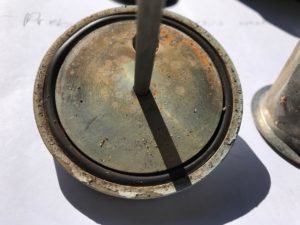

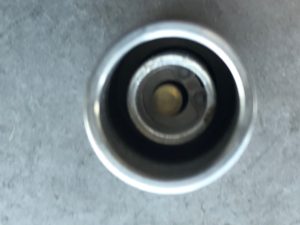

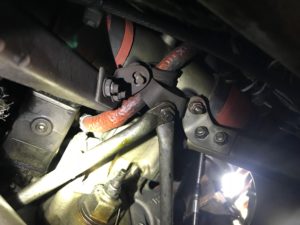
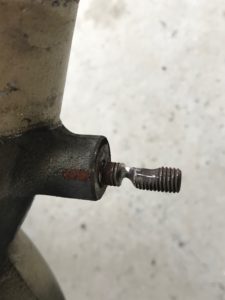

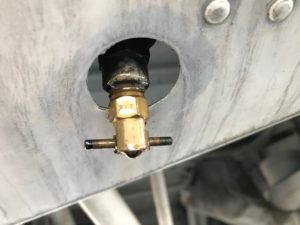


Leave a Reply
You must be logged in to post a comment.